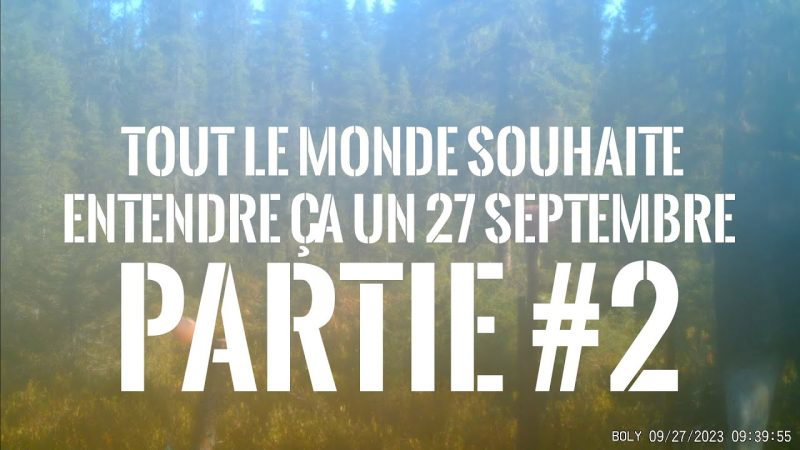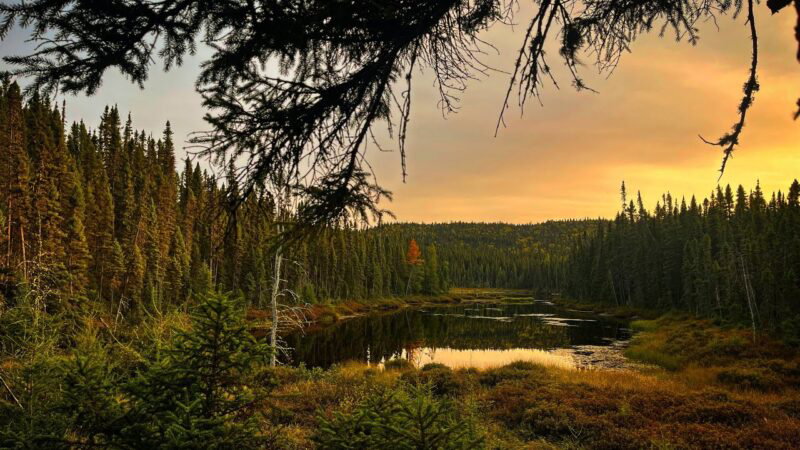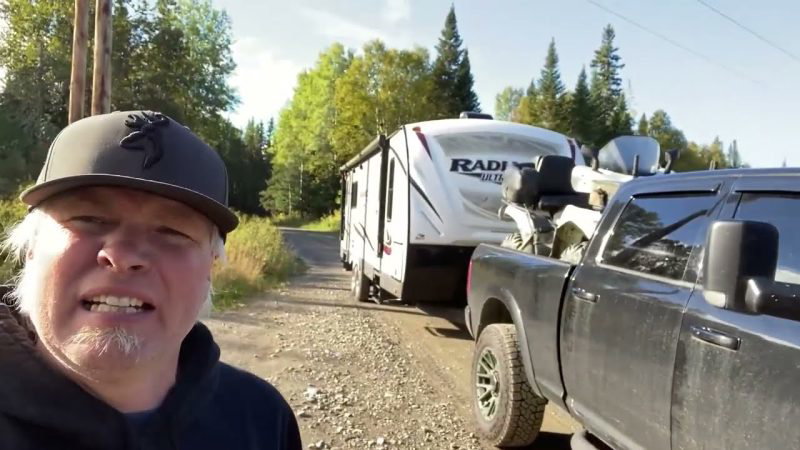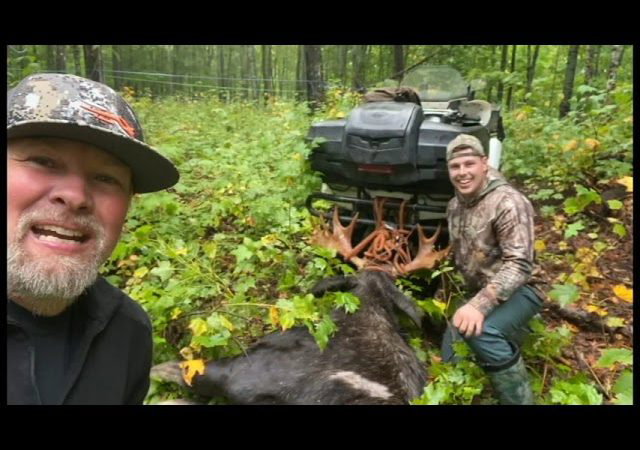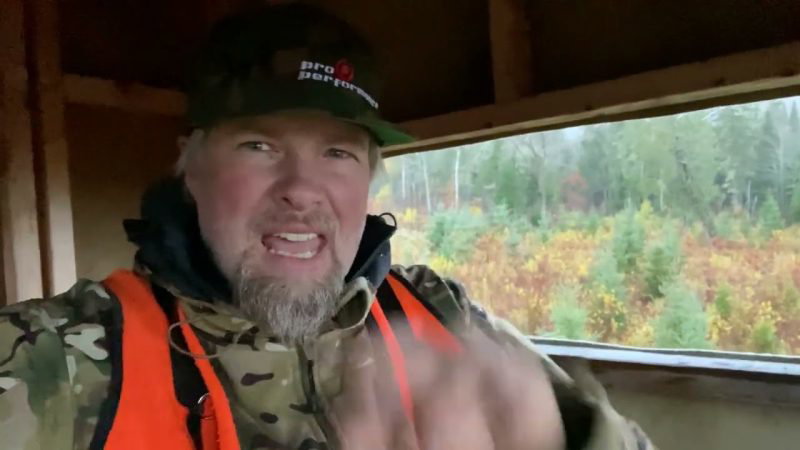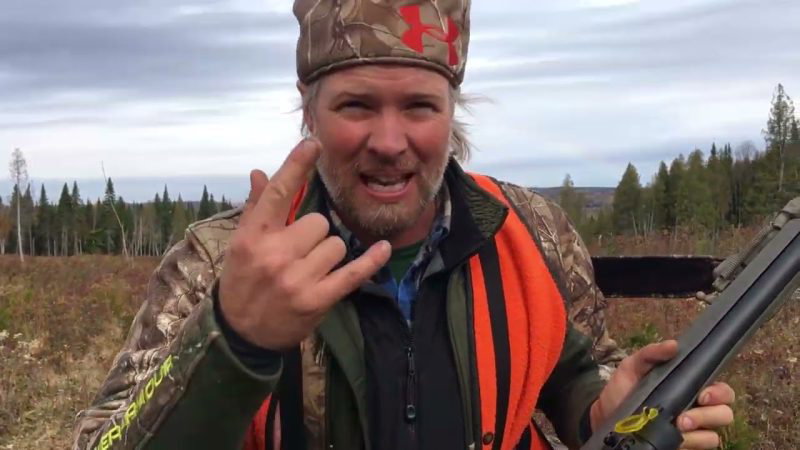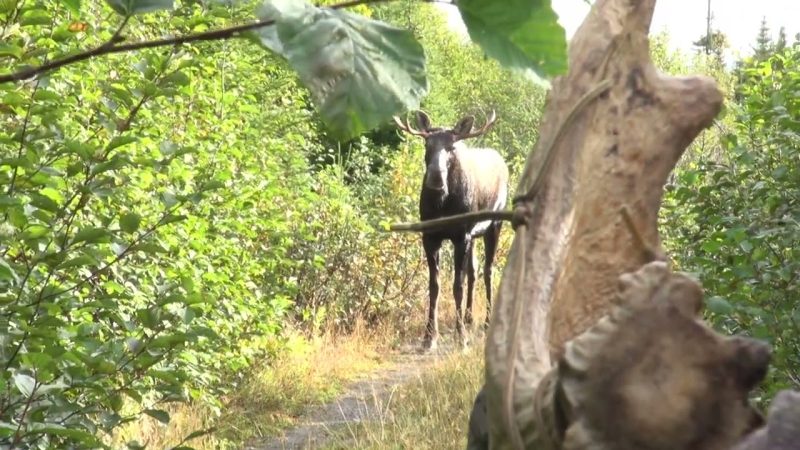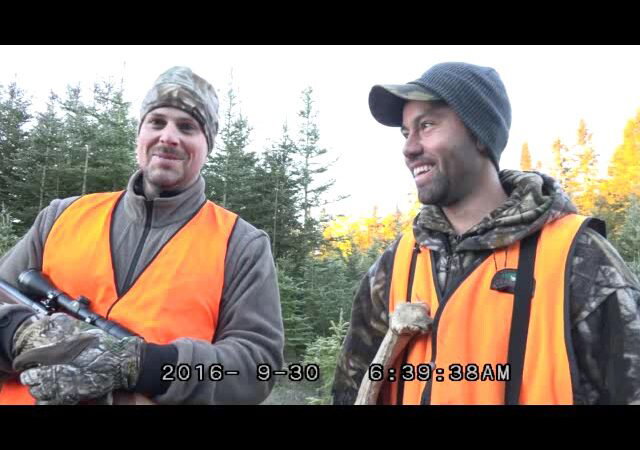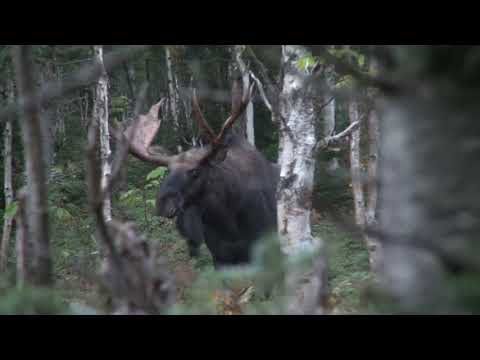Reviews
User Score
Rate This
Descriptions:
Moose hunting in Réserve faunique de Rimouski
Moose hunting in Rimouski wildlife reserve | Adventure Moose hunting Deer hunting Outfitters and outdoor activitiesAfter harvesting a 40-inch bull moose on the Rimouski wildlife reserve, these four hunters had the opportunity to bring in several other bucks using call techniques. Thanks to Multifaune for these images!
Don’t neglect training for a fulfilling moose hunt.
By Drew Myers | November 8, 2018Pushing moose out of hiding and toward where your hunting party is stationed can be surprisingly effective when conditions are right and the hunt is well organized. All it takes is a bit of planning, a knowledge of the moose behavior When the season comes to an end, or when you’re on vacation from hunting and you still have a tag, pushing moose into the open may be your best option. Here are three scenarios you can adapt, modify and develop to hunt more moose.
Swamp divers Moose hunting
Moose often retreat to swamps, beaver meadows, streams and rivers in warm weather, when hunting pressure is high, or simply as part of their rutting or feeding behavior. These are perfect places to organize a battue.To push marshes, look for logical escape routes or areas where you can see as much territory as possible. Set up fences and ask one or two hunters to roam the interior of the swamp or plain to move the mooseIn the case of swamp thrusting, you try to get the moose to move into the swamp. zone and pass in front of the barriers. It’s sometimes worth placing hunters in tree stands to help them see over the vegetation and increase their chances of getting a good shot.
Swamp driving Moose hunting
Crossing swamps can be physically demanding, so ask drivers and spotters to take turns on the journey.
The thrust of an insulated wood block Moose hunting
Place one or two hunters behind the drivers, as moose often reverse, slip between the drivers and escape through the rear. blocks insulated wood productsEverywhere you have a block isolated cover, like a standing forest surrounded by logging or bordered by a lake, you’ve got the perfect place for a push.Step 1: Discreetly scan the edge for fresh signs that moose have entered the block and are still in the woods.Step 2: Set up watchtowers along likely escape areas with good visibility. Third step: Once the spotters are in place, the drivers move around the block and try to push the moose in their direction. It’s a good idea to move quickly to the next likely block of wood and work on it. The more effective pushes you make in a day, the better your chances of tagging a moose. Snow ploughingWhenthere’s snow on the ground, it only takes two hunters to effectively push a moose into a shooting position. It is preferable to leave Once you’ve found them, make large loops in the moose’s direction of travel to determine whether it has stopped to feed or lie down.Once you have a fairly good idea that the moose has stopped in a general area, post hunters in places where moose might be forced to cross openings or move through bottlenecks, offering a shot to the hunter(s). Then send a hunter to follow the moose’s trail until it’s moved and out in the open.Snow huntingSpot moose tracks along forest roads.General tipsUse satellite images to find areas with potential for moose outbreaks. Do this well in advance of the season, so that a quick scouting trip is all it takes to put your plan into action. is more art than science, but male leads tend to be wider, rounder, deeper into the surface and may spread a bit more under the weight of the larger male.SOURCE: OODMag.com / https://oodmag.com/moose/








